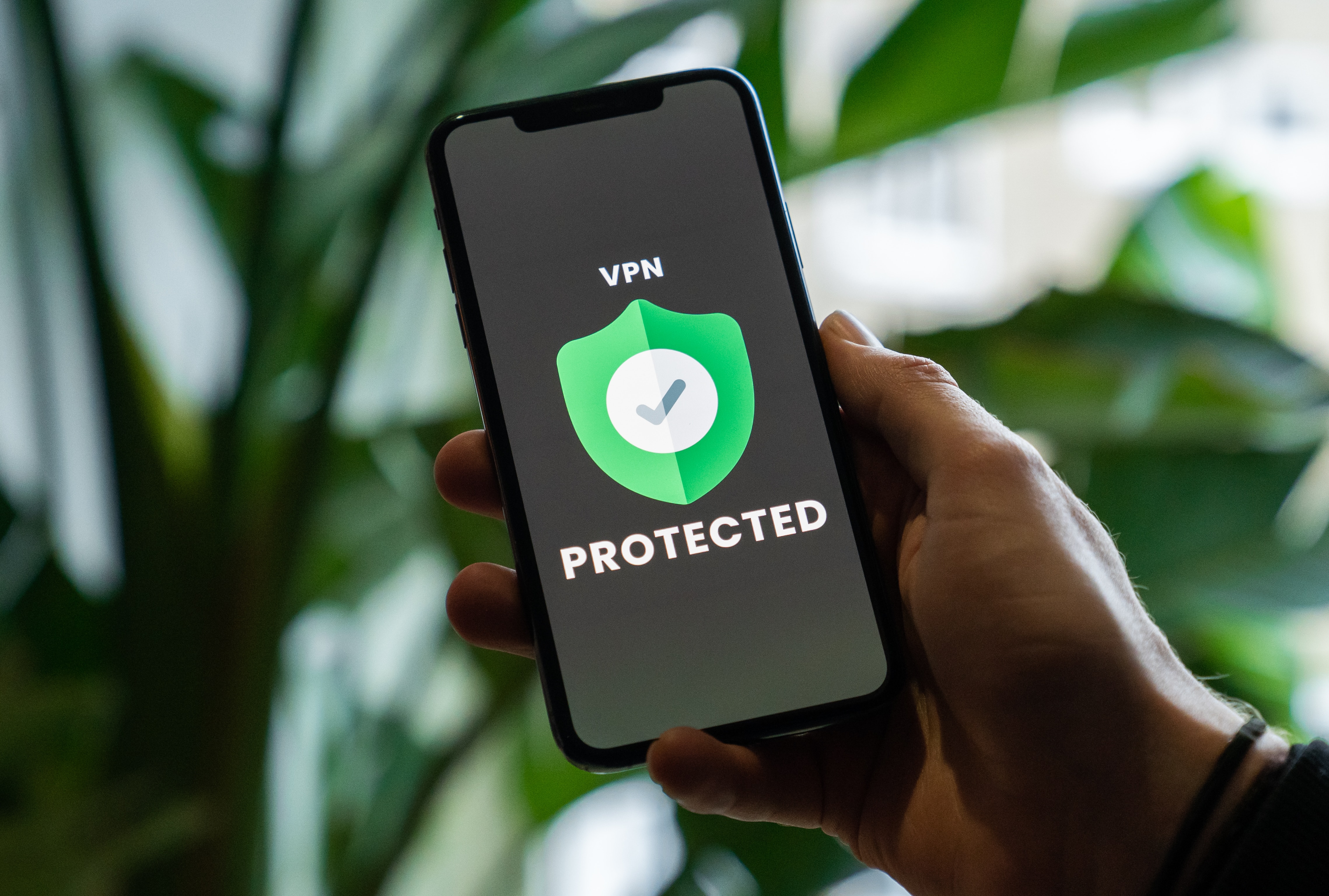Tech & AI
The Ever-Evolving Cybersecurity Landscape
Feb 3, 2024
|
5
min read
In today's interconnected world, cybersecurity is more crucial than ever.
As technology advances and the digital realm expands, cyber threats become increasingly sophisticated and pervasive, posing a significant risk to individuals, businesses, and governments.
Understanding the evolving cybersecurity landscape and implementing effective protection measures is essential to safeguard our digital lives and minimize the impact of cyberattacks.
Recognizing the Escalating Threat
Cyberattacks are becoming more common, more targeted, and more damaging.
Ransomware attacks, which hold data hostage until a ransom is paid, are on the rise, while phishing scams and social engineering tactics are used to trick individuals into revealing sensitive information.
The increasing use of cloud services and the expansion of the Internet of Things (IoT) further broaden the attack surface, making it easier for cybercriminals to gain access to sensitive data and systems.
The Human Element: A Key Target
Often, the weakest link in cybersecurity is not the technology but the human element.
Cybercriminals often leverage social engineering tactics to trick individuals into clicking on malicious links, opening attachments containing malware, or revealing personal information.
Phishing emails, fake websites, and social media scams are just a few examples of techniques used to exploit human error and gain access to sensitive data.
Protecting Yourself Against Cyberthreats
While the cybersecurity landscape is constantly evolving, there are several steps individuals can take to protect themselves from cyberattacks:
Be cautious of emails, links, and attachments: Do not open suspicious emails, attachments, or links, even if they appear to be from known senders. Hover over links to see the actual destination URL before clicking.
Use strong passwords and two-factor authentication: Create strong passwords for all online accounts and enable two-factor authentication (2FA) whenever possible. 2FA adds an extra layer of security by requiring a code from your phone in addition to your password.
Be wary of social engineering tactics: Be suspicious of unsolicited emails, messages, or phone calls that request personal information or urge you to take action immediately. Never provide sensitive information unless you are absolutely sure of the legitimacy of the request.
Keep software up to date: Install and apply security patches and updates for operating systems, applications, and browsers promptly. These updates often address vulnerabilities that cybercriminals could exploit.
Use reputable antivirus and anti-malware software: Install and regularly update reputable antivirus and anti-malware software to scan for and remove malicious software.
Be mindful of public Wi-Fi: Avoid accessing sensitive information or making online transactions on public Wi-Fi networks, as they may be less secure. If you must use public Wi-Fi, consider using a virtual private network (VPN) to encrypt your traffic.
Protecting Your Business
Businesses face even greater cybersecurity challenges due to the vast amount of sensitive data they collect and store.
Implementing robust cybersecurity measures is crucial to protect customer information, intellectual property, and financial assets. Businesses should consider:
Conducting regular risk assessments: Identify and prioritize cybersecurity risks specific to the organization's operations and data assets.
Implementing a comprehensive security strategy: Develop and implement a comprehensive cybersecurity strategy that includes technical controls, policies, procedures, and training for employees.
Regularly testing and patching systems: Regularly test systems and applications for vulnerabilities and apply security patches promptly.
Educating employees on cybersecurity: Provide regular cybersecurity training for employees to raise awareness of threats and educate them on best practices to protect sensitive data.
Partnering with security experts: Consider engaging cybersecurity experts to conduct vulnerability assessments, penetration testing, and risk management consulting.
Collaborating for a Secure Future
The cybersecurity landscape is complex and constantly evolving, requiring collaboration among individuals, businesses, and governments.
By raising awareness, adopting best practices, and investing in cybersecurity solutions, we can collectively protect our digital lives, safeguard our organizations, and build a more secure and resilient digital society.
Subscribe to our Weekly Newsletter.



